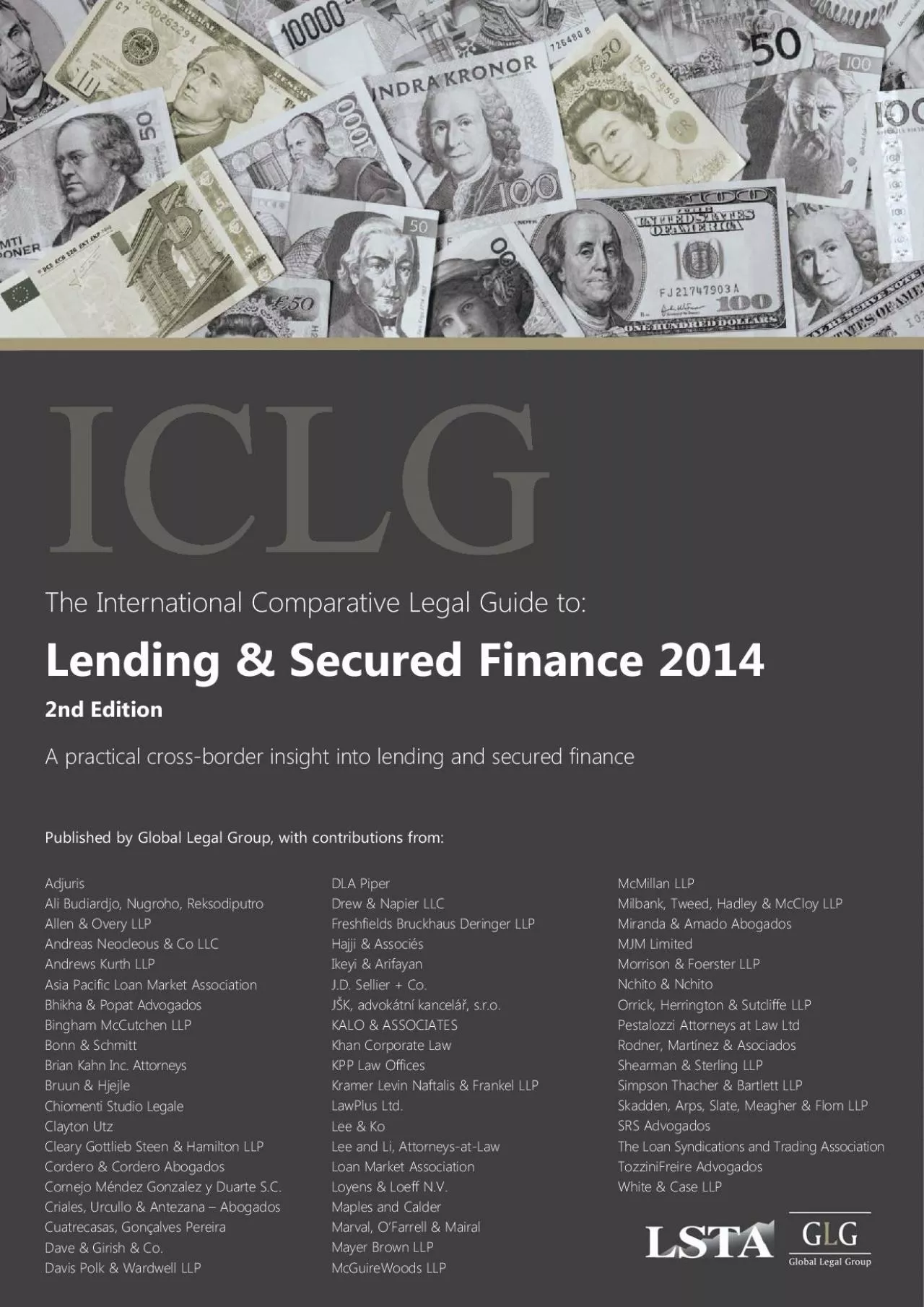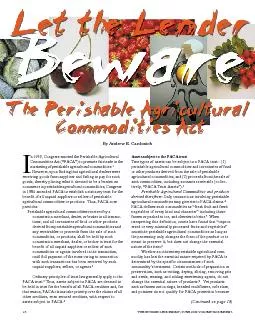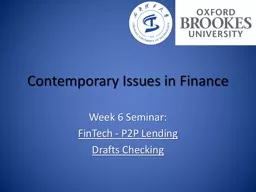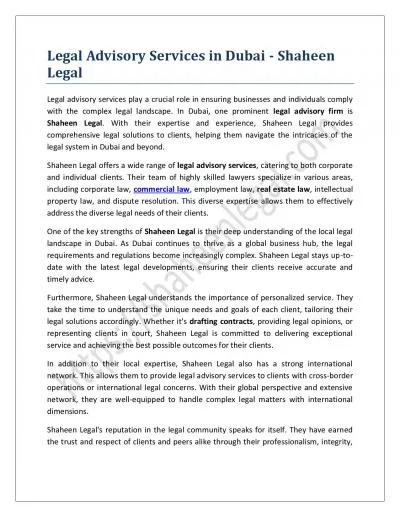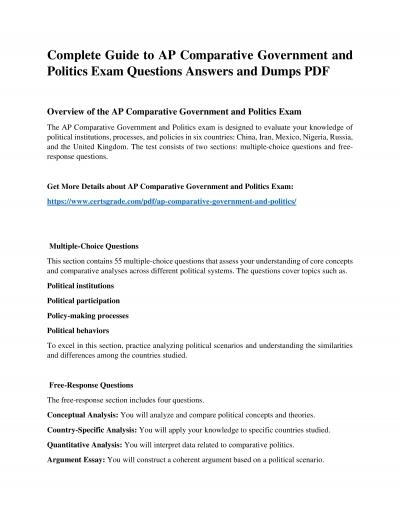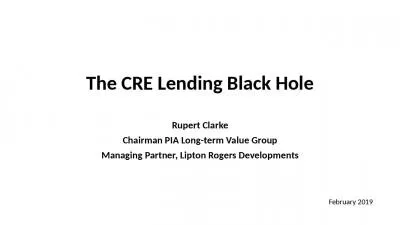PDF-Lending Secured Finance 2014The International Comparative Legal Guide
Author : anya | Published Date : 2021-09-28
A practical crossborder insight into lending and secured finance2nd EditionAdjurisAli Budiardjo Nugroho ReksodiputroDLA PiperMcMillan LLPLoan Syndications and Trading
Presentation Embed Code
Download Presentation
Download Presentation The PPT/PDF document "Lending Secured Finance 2014The Interna..." is the property of its rightful owner. Permission is granted to download and print the materials on this website for personal, non-commercial use only, and to display it on your personal computer provided you do not modify the materials and that you retain all copyright notices contained in the materials. By downloading content from our website, you accept the terms of this agreement.
Lending Secured Finance 2014The International Comparative Legal Guide: Transcript
Download Rules Of Document
"Lending Secured Finance 2014The International Comparative Legal Guide"The content belongs to its owner. You may download and print it for personal use, without modification, and keep all copyright notices. By downloading, you agree to these terms.
Related Documents

